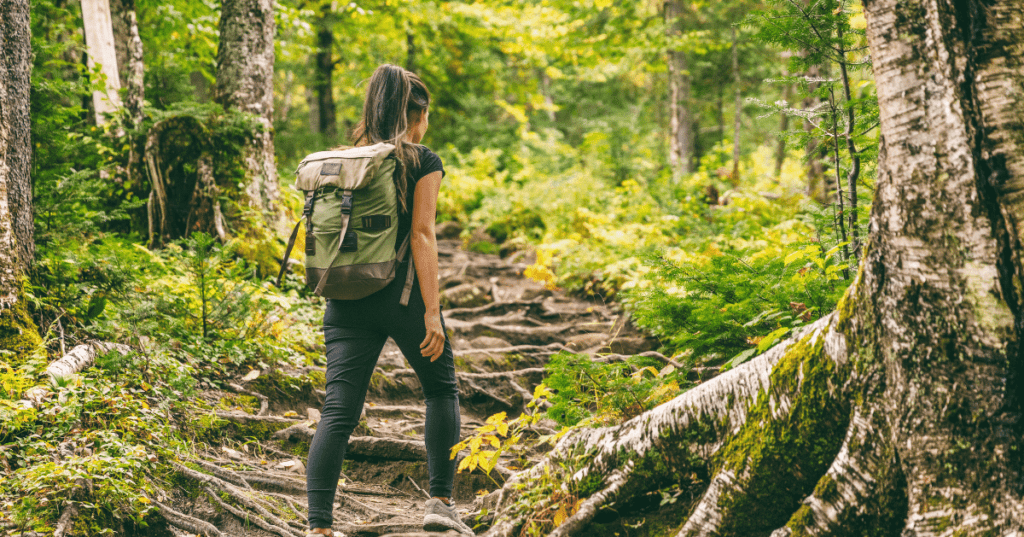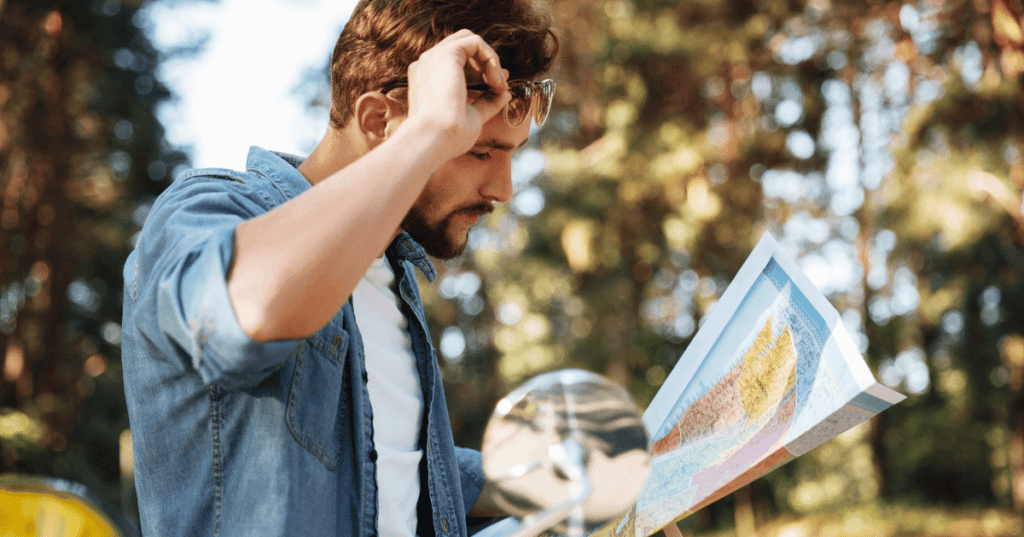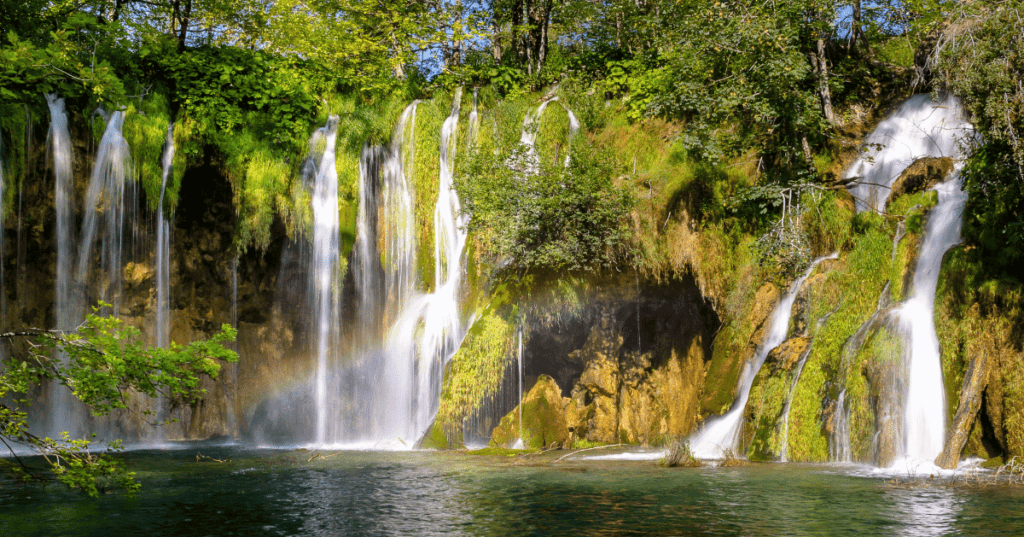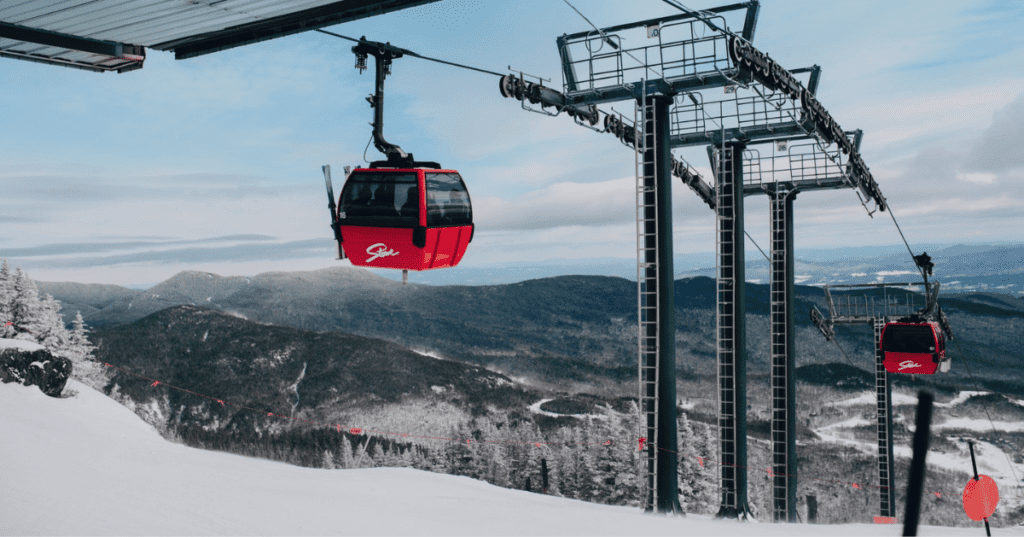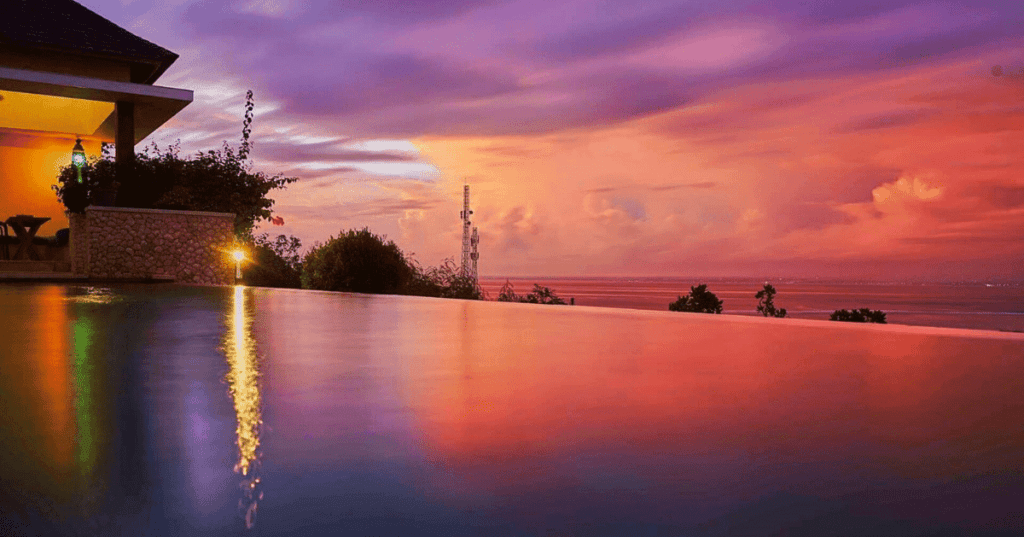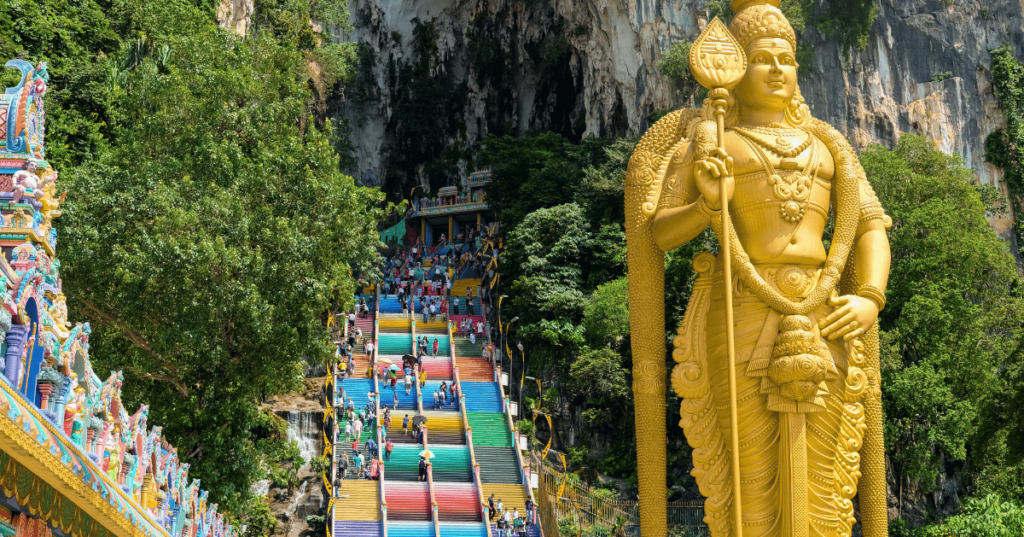Introduction to Trekking in Chiang Rai
Chiang Rai is a top trekking destination in northern Thailand, known for its scenic trails and tribal villages. The region offers a variety of trekking experiences, from easy day hikes to more challenging multi-day routes.
Trekkers can explore dense forests, visit remote hill tribe communities, and enjoy panoramic mountain views. Chiang Rai’s trekking routes often pass through villages of the Akha, Lahu, and Karen tribes, providing a unique cultural experience alongside natural beauty.
With trails suitable for all skill levels, trekking in Chiang Rai is a popular activity for both locals and tourists looking to explore the area’s diverse landscapes and heritage.
Best Time to Trek in Chiang Rai
The best time to trek in Chiang Rai is during the cool and dry season, which runs from November to February. During these months, the weather is pleasant, with daytime temperatures ranging from 15°C to 25°C, making it ideal for outdoor activities. The skies are mostly clear, and the trails are in good condition, providing excellent visibility and comfortable trekking conditions.
From June to October, the rainy season can make trekking more challenging due to slippery trails and heavy rainfall. However, the landscape is lush and green during this period, which can appeal to some trekkers. From March to May, the hot season brings higher temperatures, often reaching 35°C, which can make trekking more strenuous.
For the best experience, it’s recommended to plan your trek between November and February, when the weather is most favorable for exploring Chiang Rai’s scenic landscapes and tribal villages.
Top Trekking Trails in Chiang Rai
Chiang Rai offers a variety of trekking trails, each with its own unique scenery and challenges. Whether you prefer short hikes or multi-day treks, there’s a trail for every level of experience.
Doi Mae Salong Trek
This trail takes trekkers through the scenic hills of Doi Mae Salong, known for its tea plantations and stunning mountain views. The route passes through several Akha and Lisu villages, offering a glimpse into the daily lives of these hill tribes. The trek is moderately challenging, with steep ascents but rewarding panoramic views at the top.
Doi Tung Trek
The Doi Tung trek is popular for its mix of natural beauty and cultural attractions. The trail winds through forested areas and leads to the Doi Tung Royal Villa and the Mae Fah Luang Garden. Trekkers can also visit nearby hill tribe villages, such as the Lahu and Akha communities, making it an ideal route for those interested in both nature and local culture.
Chiang Rai to Mae Hong Son Trail
For experienced trekkers, the multi-day trek from Chiang Rai to Mae Hong Son is a challenging but rewarding journey. The trail covers remote areas of northern Thailand, passing through dense forests, mountain ridges, and numerous tribal villages.
Along the way, trekkers will experience the region’s diverse landscapes and encounter different hill tribe cultures, including the Karen, Lahu, and Hmong.
Chiang Rai to Mae Hong Son Trail
For experienced trekkers, the multi-day trek from Chiang Rai to Mae Hong Son is a challenging but rewarding journey. The trail covers remote areas of northern Thailand, passing through dense forests, mountain ridges, and numerous tribal villages.
Along the way, trekkers will experience the region’s diverse landscapes and encounter different hill tribe cultures, including the Karen, Lahu, and Hmong.
Exploring Tribal Villages
Trekking in Chiang Rai offers a unique opportunity to visit the region’s tribal villages, where different hill tribes continue to maintain their traditional ways of life.
The most commonly visited villages belong to the Akha, Lahu, Karen, and Hmong tribes. These villages are often nestled in the hills, surrounded by forests and farmland.
Visitors can observe local customs, traditional dress, and daily activities such as farming, weaving, and cooking.
Many tribes also sell handmade crafts like textiles and jewelry, providing a chance to support the local communities.
Spending time in these villages not only adds cultural depth to your trek but also offers a better understanding of northern Thailand’s diverse heritage.
However, it’s important to be respectful of local customs and always ask for permission before taking photos or entering any homes.
Trekking Adventures: Scenic Highlights
Chiang Rai’s trekking routes are packed with scenic highlights that showcase the natural beauty of northern Thailand. As you hike through the region, you’ll encounter diverse landscapes ranging from dense jungles to open mountain ridges.
The views are often breathtaking, especially at higher elevations where you can see rolling hills, distant valleys, and even neighboring countries like Myanmar and Laos on clear days.
Many trails also pass through waterfalls and rivers, offering a refreshing break during your trek. Notable spots include the waterfalls near Doi Tung and hidden streams along the Chiang Rai to Mae Hong Son trail. These scenic points add to the experience, making each trek not only a physical journey but also a visual treat.
Whether it’s a sunrise over misty mountains or walking through bamboo forests, the scenic highlights of Chiang Rai’s trekking trails are truly unforgettable.
Trekking Safety Tips
Trekking in Chiang Rai can be an unforgettable adventure, but it’s important to stay safe while exploring the trails. Here are some key safety tips to keep in mind:
- Dress Appropriately: Wear sturdy hiking boots with good grip, and lightweight, breathable clothing. Chiang Rai’s weather can change quickly, so bring a light jacket, especially for higher altitudes.
- Stay Hydrated: Always carry enough water, especially on longer treks. Dehydration can be a risk, especially in the hotter months.
- Hire a Local Guide: Many trails pass through remote areas, and it’s easy to lose your way. Hiring a local guide not only ensures you stay on track, but they can also provide insights into the local culture and nature.
- Check the Weather: Avoid trekking during heavy rains, as trails can become slippery and dangerous. Always check the forecast before setting out.
- Respect Local Customs: When visiting tribal villages, be mindful of local customs and ask for permission before taking photos. Being respectful goes a long way in maintaining good relationships with the communities.
- Prepare for Emergencies: Carry a basic first aid kit, and let someone know your trekking route and expected return time, especially if you’re trekking independently.
By following these safety tips, you’ll ensure a safe and enjoyable trekking experience in Chiang Rai.
Final Thoughts on Trekking in Chiang Rai
Chiang Rai offers fantastic trekking experiences with beautiful scenery and cultural exploration. You can hike in Doi Mae Salong or visit remote villages, each trek being unique.
The area features diverse landscapes, making Chiang Rai special for interactions with local hill tribes.
There are options for all levels of trekkers, with well-marked trails and friendly guides. Enjoy stunning viewpoints and create memorable experiences.
Remember to respect the environment and local cultures, and you will leave with meaningful memories.
Frequently Asked Questions About Trekking in Chiang Rai
1. Do I need a guide for trekking in Chiang Rai?
While some trails are well-marked, it’s recommended to hire a local guide, especially for longer treks or those that pass through tribal villages. Guides can help with navigation, share insights about the local culture, and ensure your trek is safe and enjoyable.
2. What should I bring for a trekking trip?
Make sure to bring sturdy hiking shoes, lightweight clothing, plenty of water, sunscreen, a hat, and insect repellent. If you’re trekking in the cooler months, a jacket is essential for higher altitudes.
3. How long are the trekking trails in Chiang Rai?
Trekking routes can range from a few hours to several days, depending on the trail you choose. Shorter treks like those in Doi Tung can be done in a day, while more challenging routes like the Chiang Rai to Mae Hong Son trail may take several days.
4. Can I visit tribal villages during my trek?
Yes, many trekking routes pass through tribal villages where you can learn about the culture of hill tribes like the Akha, Lahu, and Karen. It’s important to be respectful and follow local customs when visiting these communities.
5. What’s the best time of year to trek in Chiang Rai?
The best time to trek is during the cool season from November to February when the weather is mild and dry. Avoid trekking during the rainy season (June to October) as trails can become slippery and dangerous.

